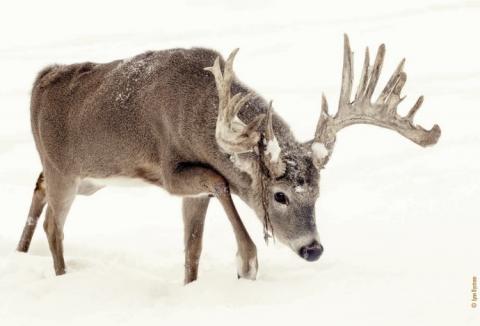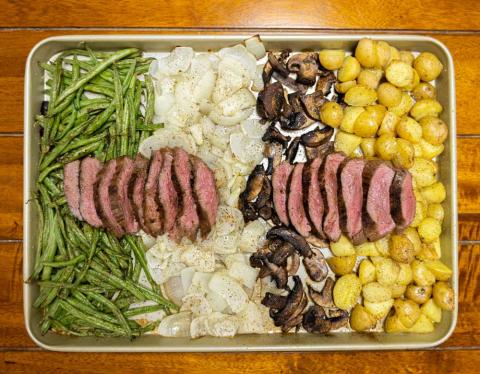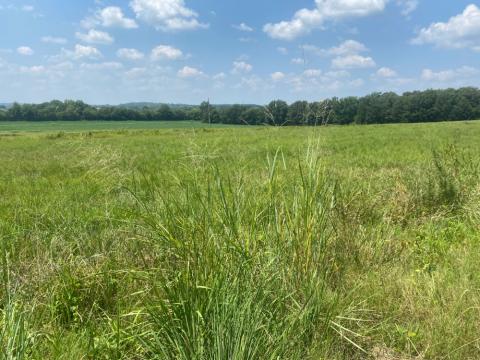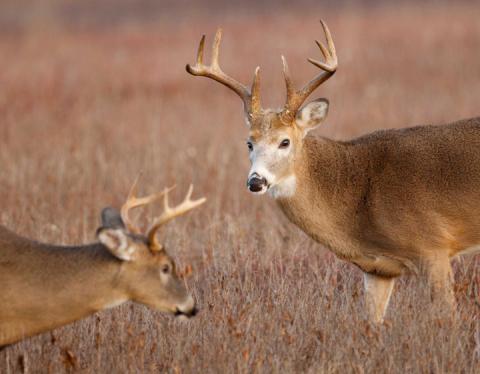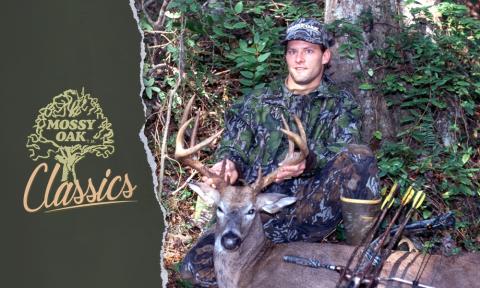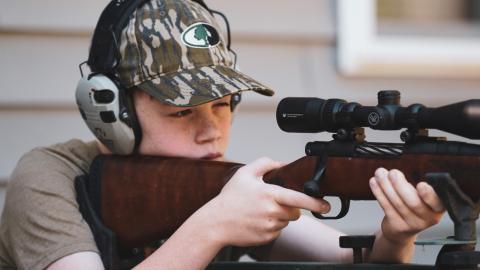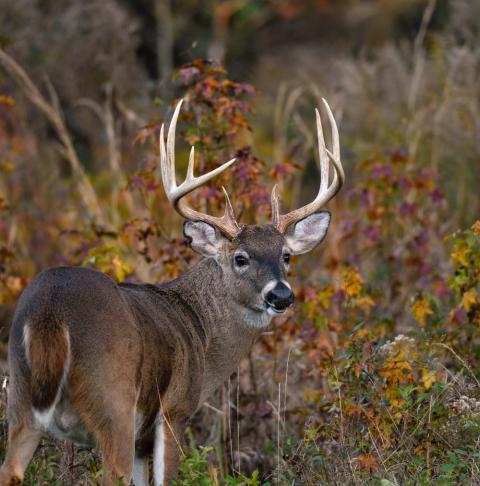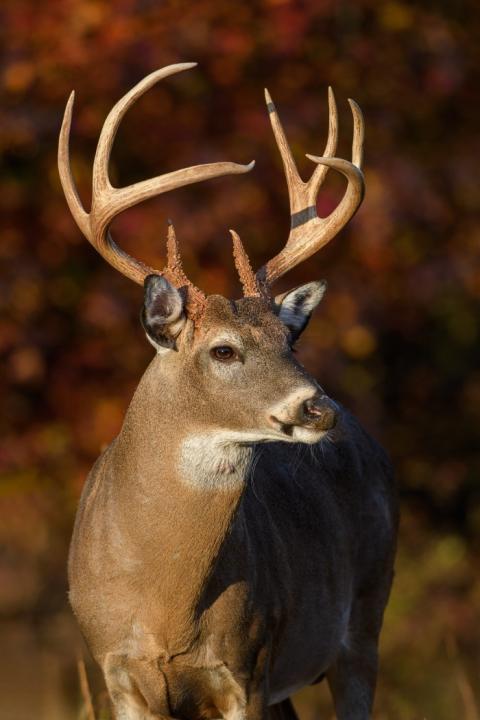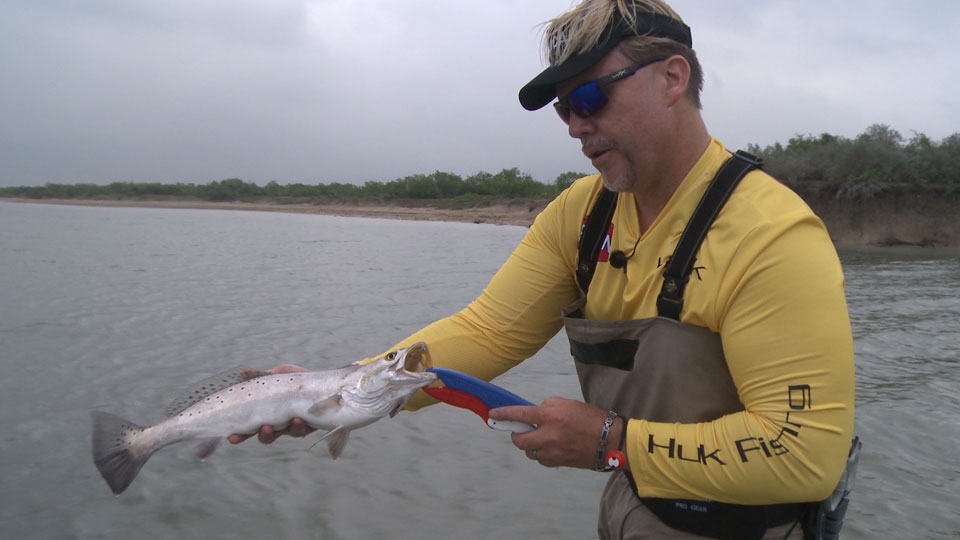
Mark Davis is the host and producer of “BigWater Adventures” on the Outdoor Channel that’s presented every Saturday morning at 9:30 EST. Mark is a member of the Mossy Oak Fishing Team.
I fish for everything that swims in salt water, which includes inshore species and big-game species. Speckled trout, redfish and flounder – the primary inshore species – like cool weather. However, once the weather becomes very cold, the strike zones of these fish shrinks. When the water’s cold, muddy and/or cloudy, a redfish won’t move 25 feet to attack a bait, a speck may not want to come all the way to the surface to hit a topwater lure, and a flounder may not move more than a foot or two to take a bait. So, when the weather’s cold, you can’t depend on sight and sound to get these inshore species to chase and/or attack baits. Oftentimes, scent may be what you need to use to close the deal and catch these inshore species in cold weather.
The first thing you want to do is slow down your presentation. You need to think more about getting the bait to the fish, rather than getting the fish to come to the bait. In warmer weather, speckled trout and redfish may move 10-25 feet to eat a bait or come from the bottom to the surface to attack a bait. If you’re fishing lures, you may want to downsize the lures you’re fishing in cold weather. But in the cooler months, your best bait may be live bait.
During the spring and summer, speckled trout and redfish tend to scatter out. However, in the colder months, these species generally stack up in deep holes in the bottoms of bays, rivers and inlets. Once the water temperature drops below 50 degrees, these fish often will be found off the current, rather than in the current. Something else to remember is that there can be a slack current running along the bottom and a faster current up near the surface. So, look for any indentation in the bottom in cooler weather, for instance where two coastal creeks come together. However, the main item to search for are ambush points where specks, reds and flounder can attack bait, and then you need to use a bait that these fish will eat. These species must eat all year long. Whether using a soft plastic bait, a hard bait or a live bait, allow the current to sweep your bait along close to or on the bottom in cold weather.
But no matter the type of bait or lure you fish, you want to make sure you either add scent to the water or fish a lure that’s impregnated with scent in the cold weather. That’s why Berkley’s GULP! Soft plastic baits and Z-Man baits are so effective for catching cold-weather, inshore fish. They’re impregnated with scents that help the fish find and take the baits. So, either add menhaden oil to the bait or use an impregnated soft plastic lure in the cold weather. Then as the lure moves along the bottom or close to it, scent is the one element you can have on your lure that will help you close the deal.














